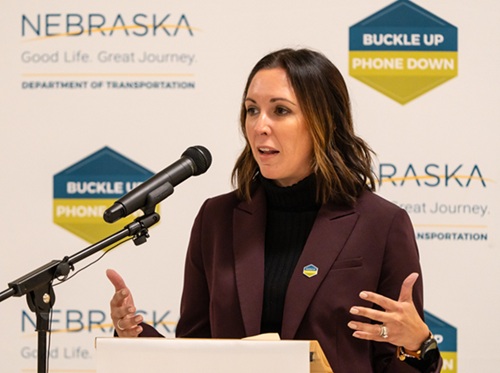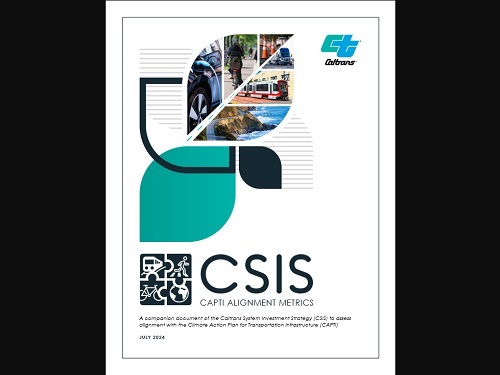The Nebraska Department of Transportation and the Omaha-Council Bluffs Metropolitan Area Planning Agency, known as MAPA, recently received a $2 million grant from the Federal Highway Administration to launch the “Transformative Regional Investment Prioritization System” or TRIPS to better align transportation projects with community needs.
[Above photo of Nebraska DOT’s Vicki Kramer by Nebraska DOT]
The Nebraska DOT said that the TRIPS program will change how transportation projects are “selected and prioritized” in the Omaha region; using a four-tiered assessment process to create a “transparent and equitable decision-making framework” to ensure those projects align with regional priorities and address the needs of the community for generations to come.
The agency added that the TRIPS program will also emphasize enhanced public engagement, empowering local communities to have direct influence on the region’s transportation future, with Nebraska DOT providing technical expertise and resources to ensure the program is successful.
“We are excited to collaborate with MAPA on this important project,” noted Vicki Kramer, Nebraska DOT director, in a statement. “TRIPS will help us make informed decisions that improve Nebraska’s transportation system and enhance residents’ quality of life.”
Several state departments of transportation have entered into similar partnerships in recent years to better align a variety of infrastructure projects with regional and/or local needs.
For example, in October 2024, the Maryland Department of Transportation in partnership with the Maryland Economic Development Corporation or MEDCO recently launched a new joint strategy to spur development along the Maryland Area Rail Commuter or MARC Penn Line; laying out a vision for denser, mixed-use communities around transit hubs between Washington and Baltimore.
The agency said this new transit-oriented development or TOD plan provides a “blueprint” for unlocking economic opportunities at six train stops within the MARC’s Penn Line corridor. The plan offers the potential to create at least 2,600 new housing units, generate some $1.7 billion in annual retail sales, and yield more than $800 million in tax revenue for the state over the next 30 years.




